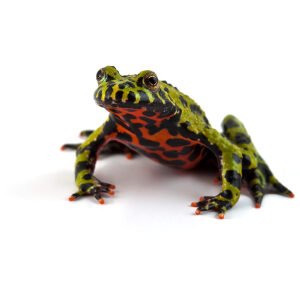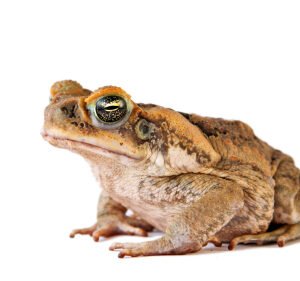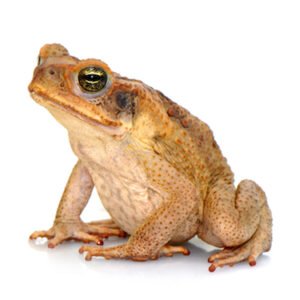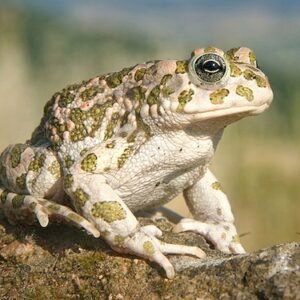Physical Characteristics and Habitat of the Pixie Frog
The Pixie Frogs, scientifically known as Pyxicephalus adspersus, is a remarkable amphibian notable for its considerable size and distinctive physical traits. They are one of the largest frogs in the world, often reaching lengths of up to 10 inches (25 centimeters) and weighing over 2 kilograms (approximately 4.4 pounds). Their robust, stocky bodies are complemented by an array of colors ranging from shades of green to brown, which serve as effective camouflage against natural predators. The skin of the Pixie Frog is adorned with a rugged texture, which further aids in blending into its environment.
Another striking feature of this amphibian is its large, bulging eyes, which provide excellent vision and aid in detecting movement. The Pixie Frog also possesses powerful hind legs, allowing it to make impressive leaps when necessary. This adaptation is essential for evading predators and navigating their natural habitat. Additionally, their pronounced vocal sacs enable them to produce loud calls during mating seasons, contributing to their reproductive success.
In terms of habitat, the Pixie Frog is predominantly found in the regions of sub-Saharan Africa, including countries such as Botswana, Namibia, and South Africa. They thrive in a range of environments, particularly in wetlands, savannas, and grasslands. These areas provide adequate moisture and plentiful food sources, which are essential for their survival. The preferred climate conditions for the Pixie Frog include warm temperatures and seasonal rainfall, as these factors influence their breeding and feeding behaviors. The access to water bodies during the rainy season aids in the reproductive cycle, as females lay eggs in temporary pools. The anatomical features of the Pixie Frog, including its thick skin, are specially adapted to retain moisture, allowing it to encounter fluctuating humidity levels in its habitat.
Behavior and Diet of the Pixie Frog
The Pixie Frogs, also known as the African Bullfrog, exhibits a range of fascinating behaviors that reflect its unique adaptation to the environments of sub-Saharan Africa. These amphibians are primarily solitary creatures, but they exhibit social structures during the mating season. Males can often be heard calling to attract females, with their vocalizations serving as a critical component for establishing territory. Once a female chooses a mate, the two engage in a courtship ritual that may include various physical displays and vocalizations.
During the dry season, the Pixie Frog demonstrates remarkable burrowing behavior. To survive extreme dryness, these frogs dig deep into the soil, entering a state of dormancy until conditions improve. This adaptation is vital for their survival, as it allows them to escape harsh environmental conditions while conserving water and energy. When the rains return, they emerge from their burrows to feed and breed, demonstrating resilience and adaptability in their behavior.
The diet of the Pixie Frogs is diverse, primarily consisting of insects, small mammals, and various invertebrates. These frogs are opportunistic predators, utilizing both ambush and active hunting techniques to capture their prey. Their large, powerful mouths and agile tongues are specifically adapted for hunting, enabling them to consume a variety of food sources efficiently. This dietary flexibility not only provides essential nutrients but also plays a critical role in their ecosystems, where they help control pest populations and serve as prey for larger animals.
In summary, the behavior and diet of the Pixie Frog illustrate its adaptability and ecological significance. Their unique social structures, burrowing habits, and diverse dietary practices contribute to the health and balance of their habitats, making them an essential species within their ecosystems.





